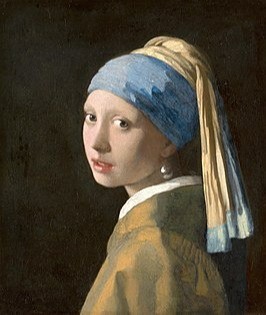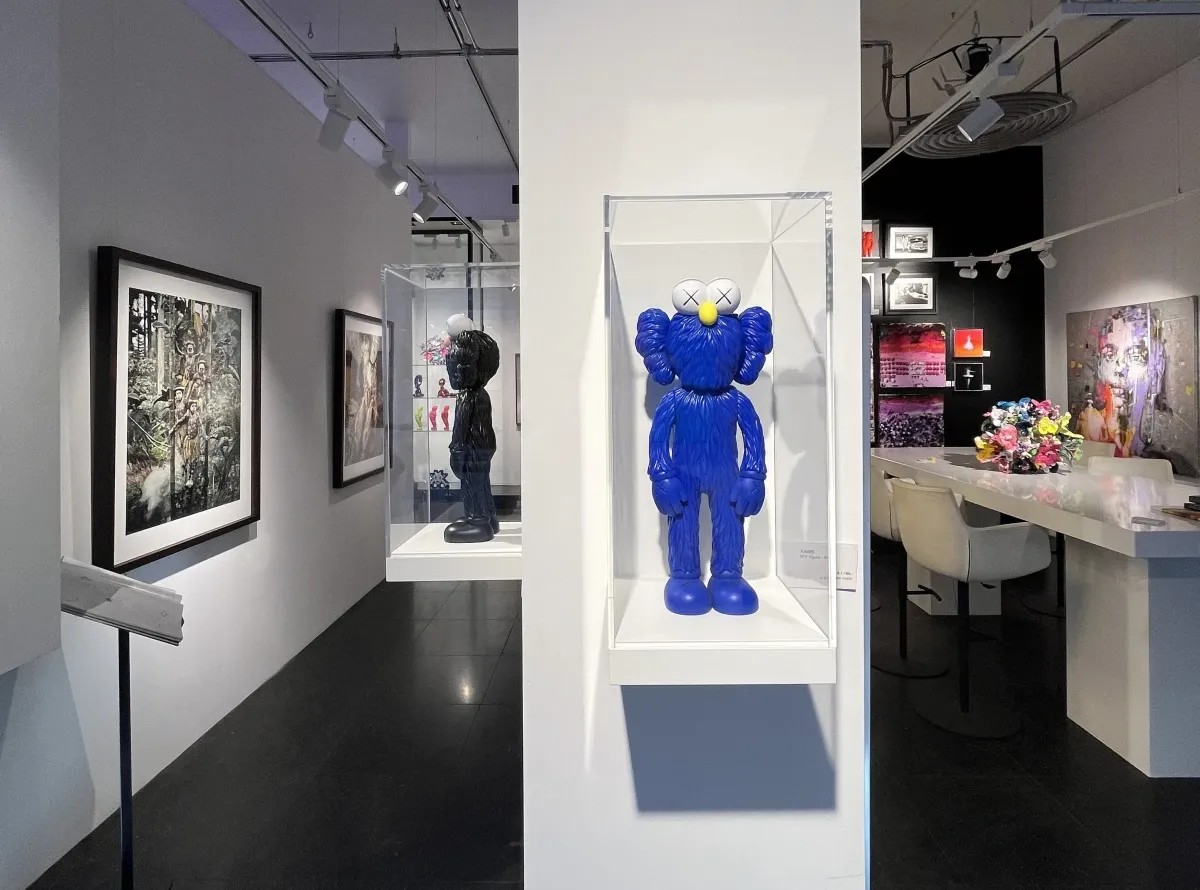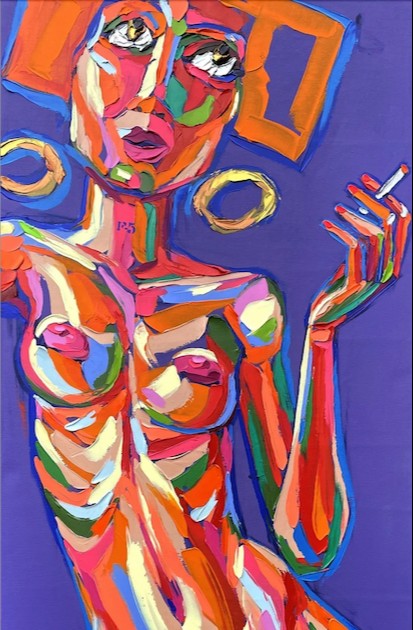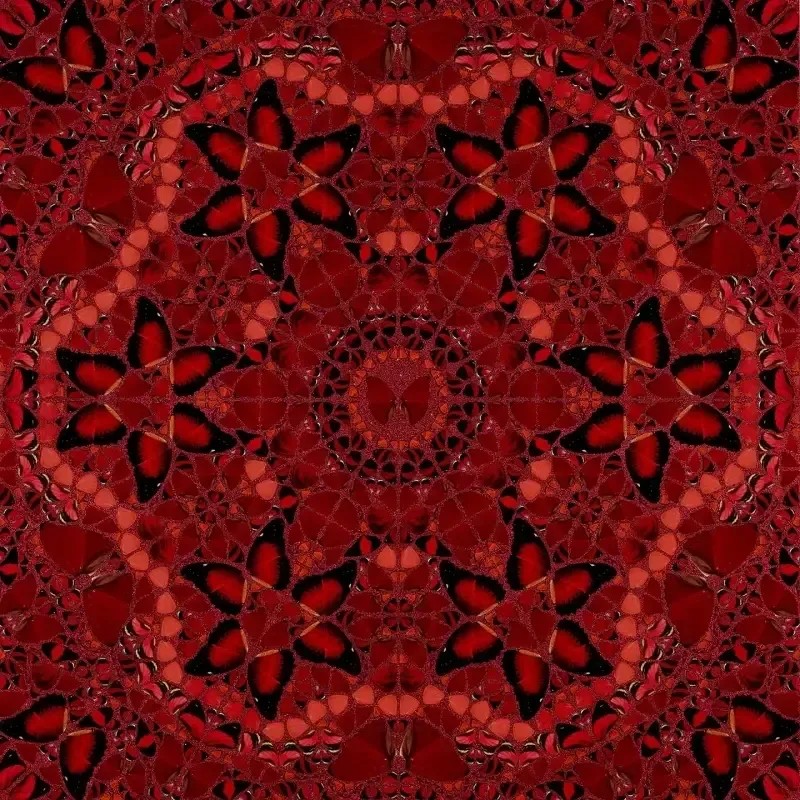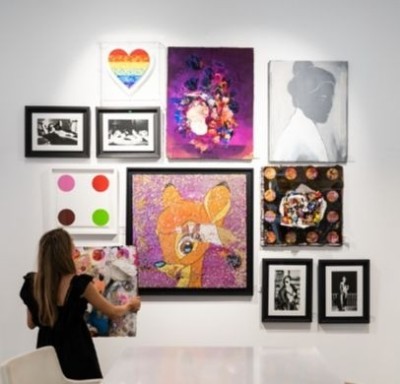On the world stage, Dutch art is receiving significant attention. There is much focus on both 'old' Dutch masters and groundbreaking, famous Dutch paintings, including those by Vincent van Gogh, Piet Mondriaan, and Willem de Kooning. This latter abstract expressionist, born in the Netherlands, gains recognition as an artist in the United States and earns well from art during his lifetime. After his death, the value of his work soars. In 2006, his "Police Gazette" (from 1955) is sold for around 67 million euros. "Interchange," also painted by him in the same year, is valued at 270 million euros, making it the second most expensive painting ever.
'Rembrandt is perhaps the most famous artist of the seventeenth century'
In the top 10 of the best-selling Dutch paintings (as of 2021), Willem de Kooning is joined by Vincent van Gogh—with a remarkable six artworks!—and Rembrandt van Rijn, simply known as Rembrandt. Rembrandt is perhaps the most famous Dutch artist of the seventeenth century. Dutch art, therefore, has a rich history.
Dutch painting
Although during the Renaissance (1400-1600) the situation in the wealthy South Dutch cities can be compared to the cultural flourishing period of the Italian republics, Dutch painting truly flourishes in the subsequent Golden Age. We know beautiful examples of true masters who, at least for a longer period, exclusively earn their living by painting. Among them, Rembrandt, Frans Hals, and Johannes Vermeer develop into virtuosos in portrait art.
'Inclining towards a subdued realism, in which the Dutch masters excel'
The growing demand for paintings leads to competition and a strong desire for distinctiveness. As a result, there is a striking artistic dynamic that results in a unique style development, tending towards a subdued realism, in which the Dutch masters excel. The people they paint are not static but appear natural and spontaneous. Especially Frans Hals is known for the great (sometimes raw) liveliness in his work.
In parallel, new genres develop, including still lifes, landscapes, seascapes, and domestic life. (Think of 'a household by Jan Steen,' also a Dutch master.) This also attracts a new audience.
Art in the Netherlands
The flourishing economy (with the first multinational: the VOC) means that traders are doing well financially, and a prosperous middle class emerges. Wealthy clients who all want a portrait of themselves on the wall, a family portrait, or a group portrait with business partners. For example, Rembrandt's "The Syndics of the Drapers' Guild."
The reputation of the Dutch masters rises, also due to the extensive travel of the Dutch, quickly reaching unprecedented heights beyond national borders. Their paintings are included in the international collections that slowly emerge in the eighteenth century. A century later, Dutch art spreads further across the globe, including among the nouveau riches in the United States.
15 most famous Dutch paintings:
- The Jolly Drinker – Frans Hals – (1582-1666) Baroque & Golden Age
- The Night Watch - Rembrandt van Rijn (1606-1669) - Baroque & Golden Age
- The Goldfinch - Carel Fabritius (1622–1654) - Baroque & Golden Age
- Girl with a Pearl Earring - Johannes Vermeer (1632–1675) - Baroque & Golden Age
- Sunflowers - Vincent van Gogh (1853–1890) - Post-Impressionism & Expressionism
- Girl in a White Kimono – George H. Breitner (1857- 1923) - Post-Impressionism & Japonism
- Broek in Waterland - Jan Theodorus Toorop (1858–1928) - Impressionism & Pointillism
- Tableau I – Piet Mondriaan (1872–1944) - Cubism & De Stijl
- In the Plaza - Kees van Dongen (1877-1968) - Fauvism
- The Women series - Willem de Kooning (1904–1997) - Abstract Expressionism
- Wilma - Carel Willink (1900–1983) - Magic Realism
- The Wild Boy - Karel Appel (1921-2006) - Abstract Expressionism & CoBrA
- See No Evil, Hear No Evil, Speak No Evil - Herman Brood (1946-2001) - Post-Abstract Expressionism
- Anneliese Close & Dirty - Jef Poldervaart (1954) - Mixed Media
- The LIFE series - Bram Reinders (1974) - Neo Pop Art
Modern art in the Netherlands
The term modern art roughly refers to the period from 1880 to 1970. A period in which the Dutch artist is also captivated by experimentation. The first name that comes up is Vincent van Gogh. A Dutch artist, a tormented soul, a self-taught individual, who, through his enormous work ethic and dedication in the decades in which he is active as a painter, creates an admirable body of work. More than 840 paintings and 1,000 drawings are preserved, thanks in part to his sister-in-law Jo van Gogh-Bonger. Each one is a silent witness to his visionary outlook, intense experience, and pure passion.
'Van Gogh sacrificed a lot during his lifetime to pave the way for free expression' Although his work falls under post-impressionism, his influence on expressionism, fauvism, and abstracted art is invaluable. Van Gogh (who felt misunderstood everywhere) sacrificed a lot during his lifetime to pave the way for free expression. Without his pioneering work, the world might never have encountered famous Dutch paintings of later generations, including the work of Kees van Dongen, M.C. Escher, and Willem de Kooning. Dutch art that is cherished by millions of people and valued at millions of euros worldwide.
Contemporary art in the Netherlands
Contemporary art, also called contemporary art, dates from around 1980. The collective role of visionary, idealist, or activist— as we recognize in most isms—has faded into the background. Art becomes more accessible to the broad public, which wants to feel connected to the individual, authentic creation of the artist.
For example, Rob Scholte belongs to the world's top postmodernist artists in the late '80s and is mentioned in the same breath as names like Jeff Koons. His controversial work consistently provokes and confronts the viewer with the questions: what is authentic? And secondly: is originality crucial in art?
When talking about international fame in the visual arts, Marlene Dumas still ranks at the top of the Dutch list. Her portraits, paintings, and watercolors, flirting with expressionism and conceptual art, are strongly inspired by eroticism. She depicts her themes directly and precisely on paper, usually in her characteristic color palette: gray, blue, and red. They represent the tension between looking, being looked at, and the interpretation thereof.
Art becomes more accessible to the broad public, which wants to feel connected to the individual, authentic creation of the artist'
Buying, renting, or leasing art is good for health, both physically and mentally. Art stimulates our happiness hormones. Regardless of execution, form, or recognizability, looking at art promotes the production of dopamine and endorphins.
Viewing Dutch Art
AbrahamArt, the largest gallery in the Benelux, with locations in Amsterdam and Eindhoven, features works from both emerging talents and established names from the Netherlands. This includes pieces by Jef Poldervaart and Bram Reinders, as well as Jacqueline Bozon, Casper Faassen, and Kees Salentijn.
The best way to evaluate a work of art remains the intended location, which is why any trial placements are free and without obligation. AbrahamArt operates with a fantastic art rental formula, a combination of renting and saving for individuals. Of course, you can also purchase art from AbrahamArt. For our business-oriented individuals, we have a solution as well. An attractive art lease formula has been created for the corporate market.

